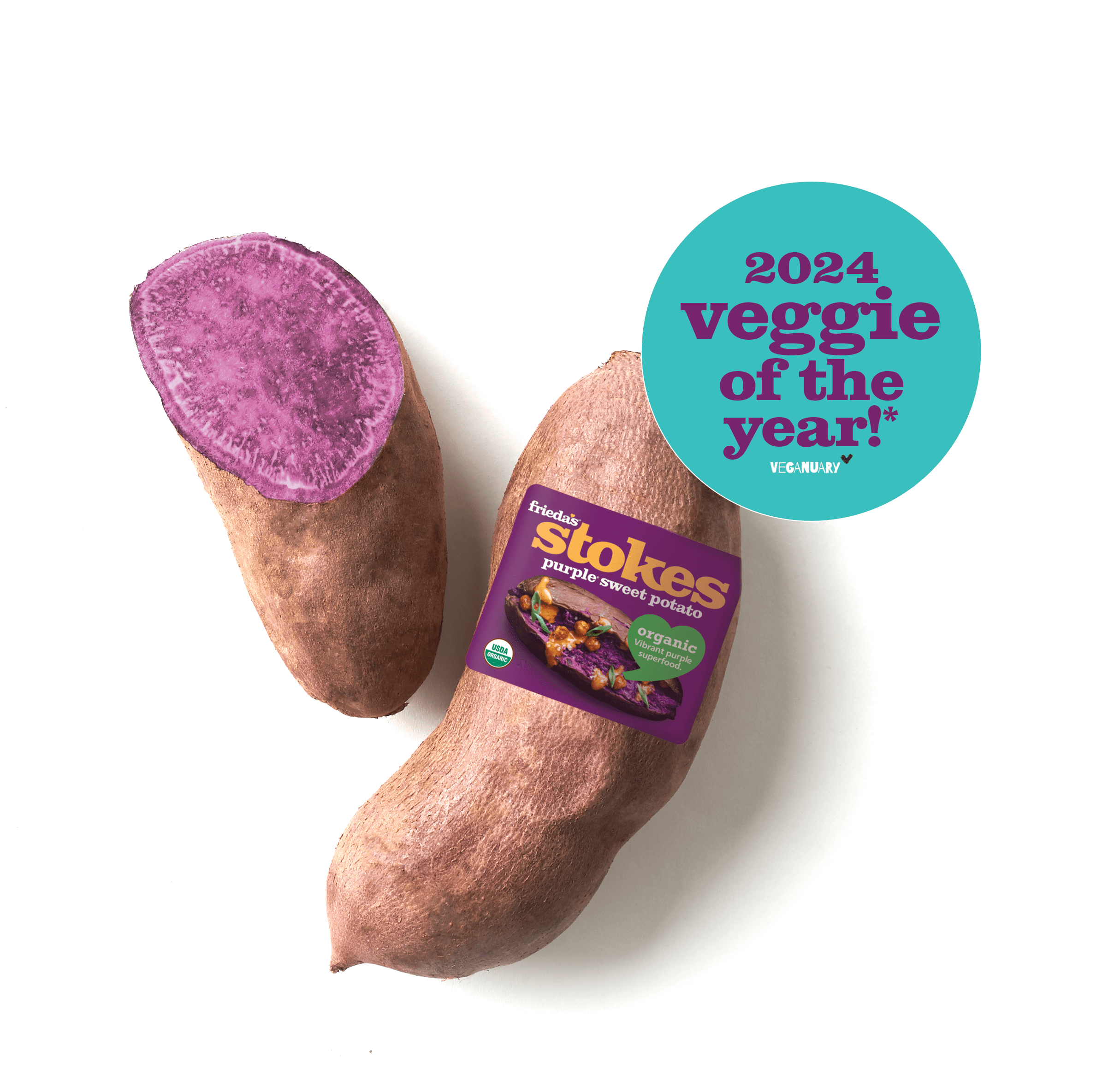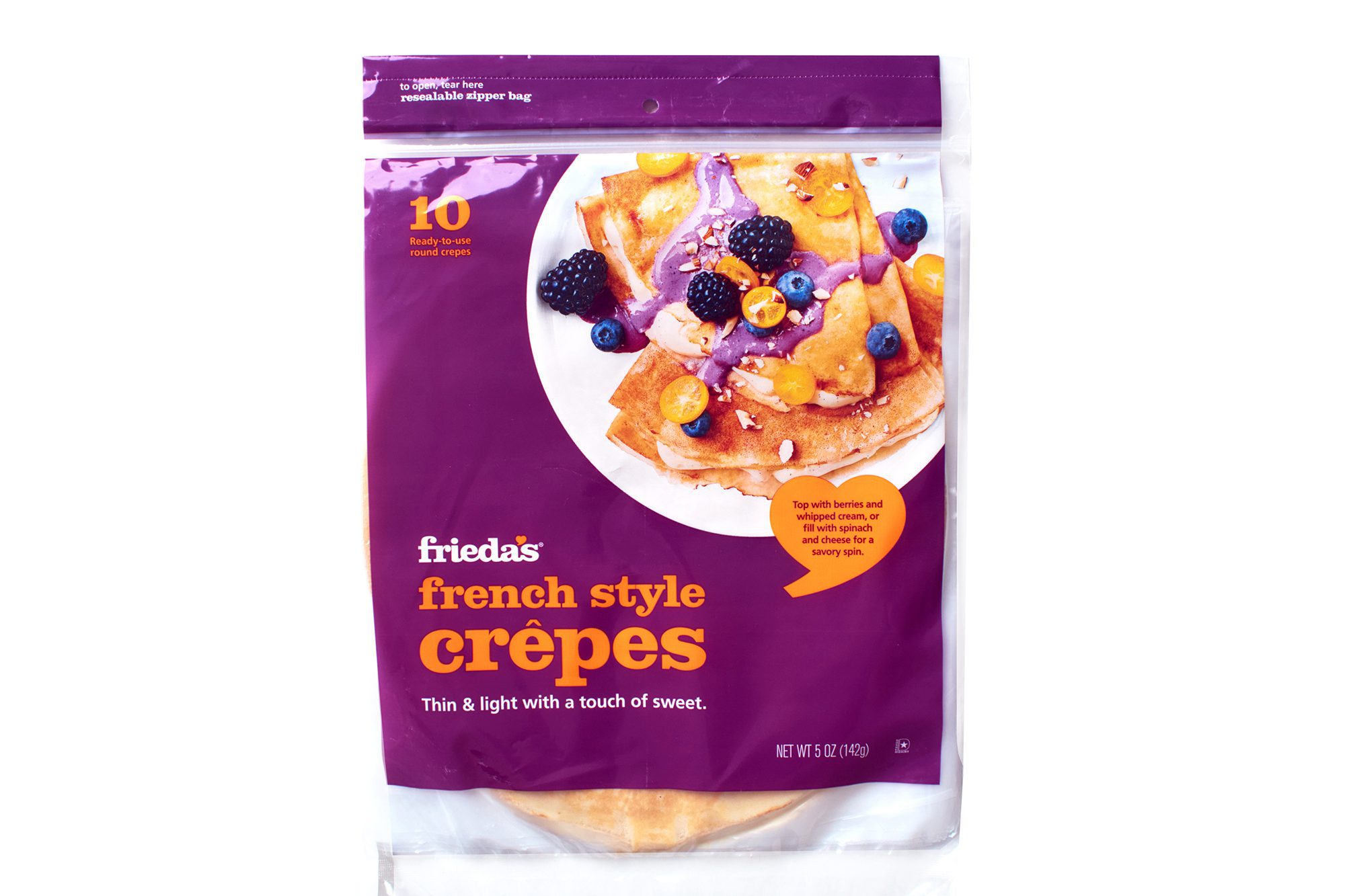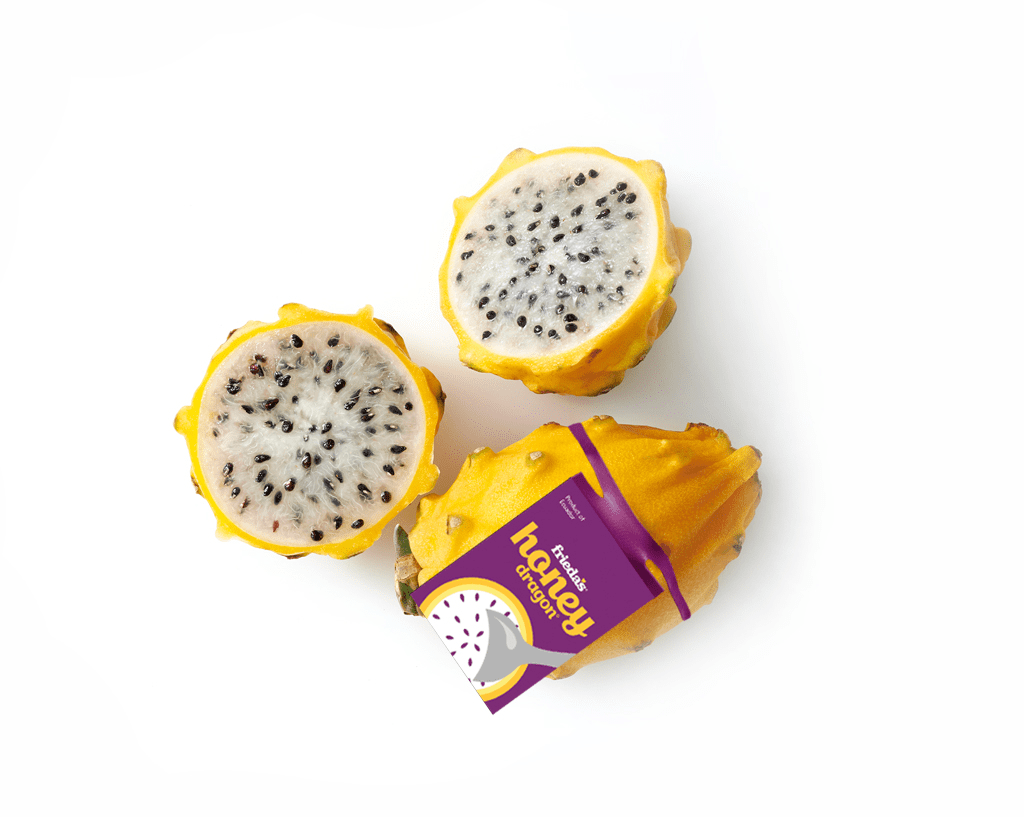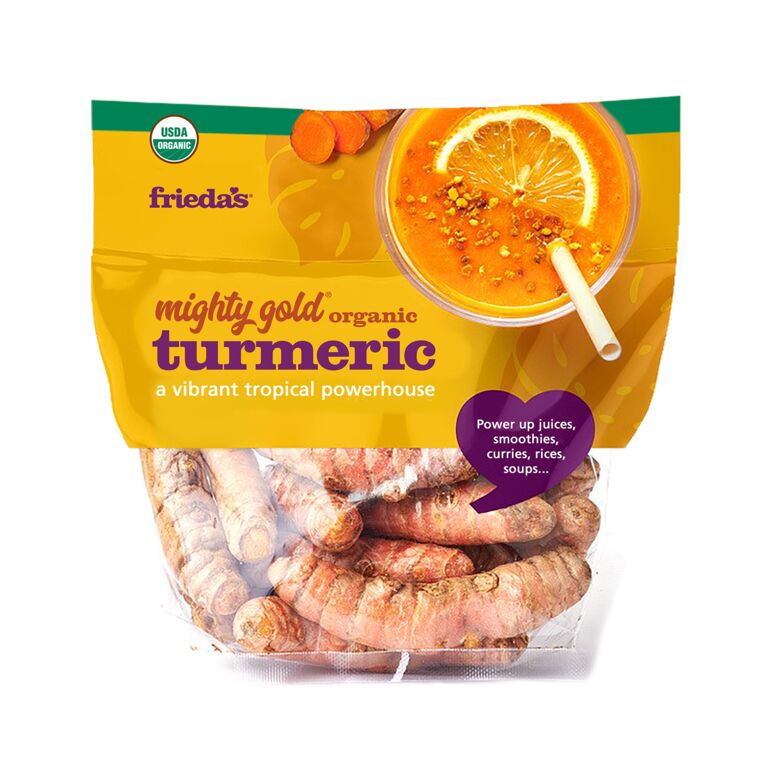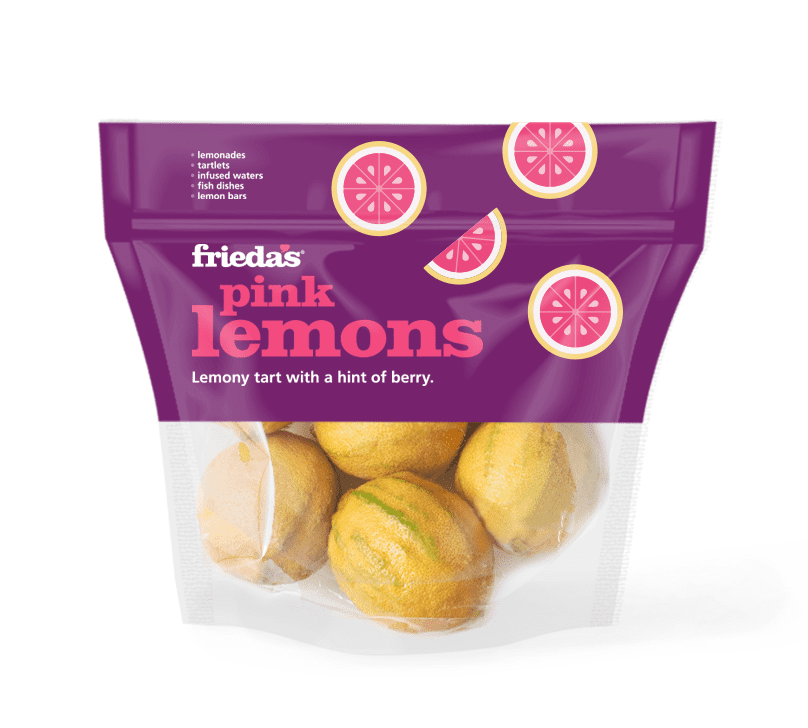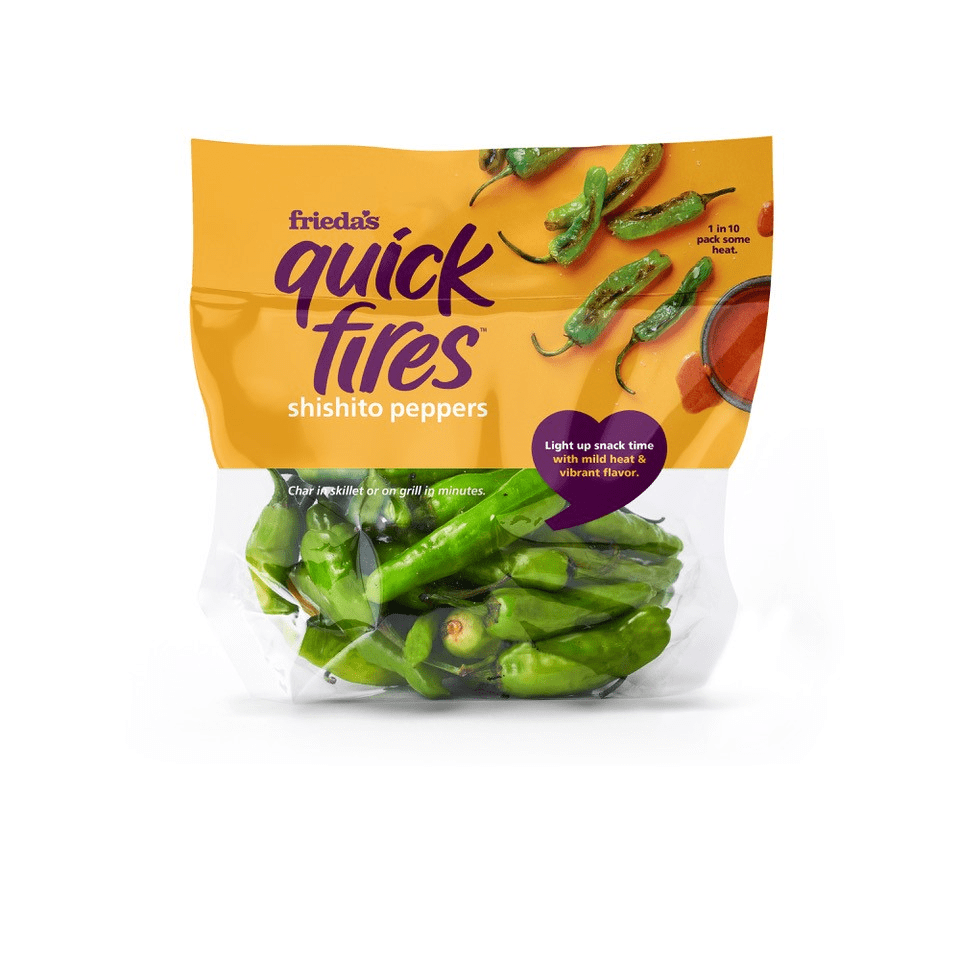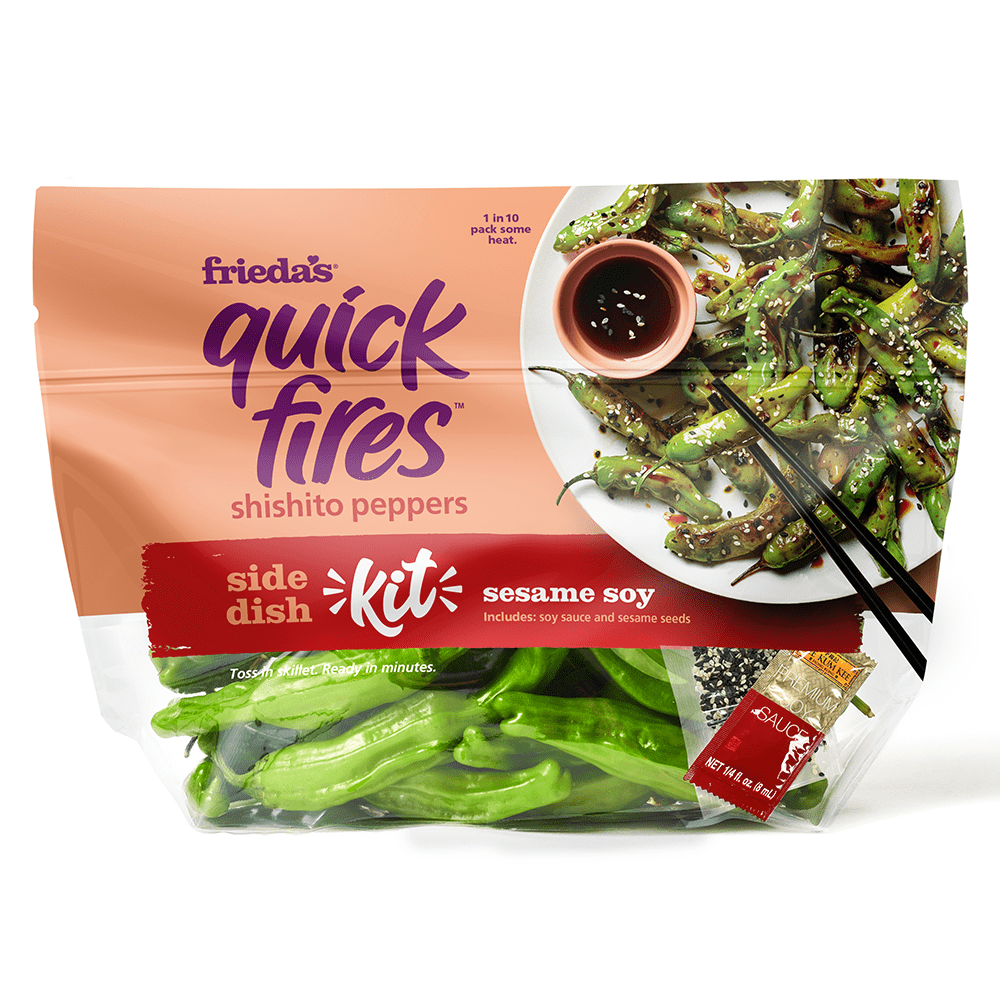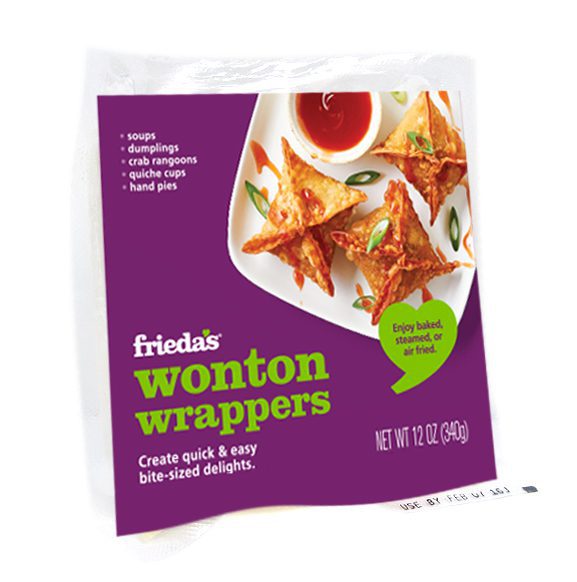Do you wonder why Easter is so late this year? Well, you can thank the Hebrew calendar. Yes, most people know that the “Last Supper” was really a Passover Seder (ritual holiday dinner), and it happens on the same day of the Hebrew calendar each year: the 15th day of the month of Nisan.
As I wrote in a previous blog post, this year (a leap year) the Hebrew calendar has an extra month of Adar, which makes the Jewish holiday of Passover begin almost a month later than usual, at sundown on April 18th.
Passover is considered the most important Jewish holiday because it represents the Jews achieving freedom from slavery. This is why it’s filled with all kinds of happiness and merriment.
As our rabbi reminded us recently, “It’s actually expected that you get drunk on Passover!” (Drink responsibly, of course.)
On the first two nights of this 8-day-long holiday, Jewish families have a big dinner, and it is encouraged to invite both friends and strangers. There are traditional foods and parts of the meal which are ceremonial. All attendees take part in a reading from a special book called the Haggadah.
For those of us in the fresh produce business, or if you just love food, we know that Passover has some very distinctive foods that are used at the Seder. And we know that shoppers will be looking for them at their local markets.
No. 1 is horseradish! Grating and eating fresh horseradish reminds us of the bitterness in the lives of our ancestors, and I’m sure the tears that you shed while grating the horseradish is a reminder of the tears that were shed. Fresh parsley, apples and walnuts are just some of the other fresh foods that are eaten during Passover.
Of course, Matzah (or Matzo — similar to crackers, that we call “unleavened bread”) are eaten for all 8 days of Passover. That’s right, you can eat no regular breads or cakes during Passover. Hmm… Sounds similar to the rituals during Lent — giving up favorite foods. Almost every single supermarket in the United States will have a display of Passover-safe foods for the month leading up to the holiday.
As part of this Passover display, I was actually quite excited that our local Ralphs supermarket offered special calendars for their Jewish shoppers. I’m sure other supermarkets that have a large contingent of Jewish shoppers may do the same.
You can find all sorts of information on Passover on this website www.happypassover.net.
Many churches across the country have begun reaching out to their local Jewish synagogues, so their members can experience the Passover traditions. What a great way to educate and teach tolerance in our community, don’t you think? Since it is traditional to invite strangers to the Passover meal, I encourage you to reach out to your Jewish friends and see if they have an extra chair or two for their upcoming Seder.
Happy Passover!
Karen

